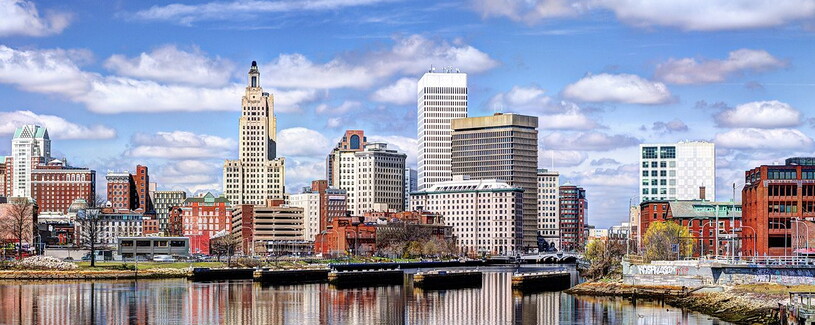The Rhode Island Infrastructure Bank’s Efficient Buildings Fund

After the recession, the Rhode Island Infrastructure Bank (RIIB), a quasi-public state entity, sought to bring much-needed clean-energy finance into the state market. This case study describes how this bank set up the Efficient Buildings Fund (EBF) and is iteratively improving it.
This bank, which combines the features of a green bank and an infrastructure bank, was developed under new political leadership. The recently-elected state treasurer, Seth Magaziner, proposed the EBF to Gina Raimondo, the new state governor.
The state already possessed a Renewable Portfolio Standard and a Systems Benefit Charge, which it leverages to support clean-energy activities. The Rhode Island Public Energy Partnership (RIPEP) was temporarily accelerating utility energy-efficiency efforts.
The new state leadership created the RIIB. It was built by renaming and restructuring the preexisting Clean Water Finance Agency (CWFA). Three other programs—Commercial Property-Assessed Clean Energy (C-PACE), Residential Property-Assessed Clean Energy (R-PACE), and the Brownfield Revolving Fund—were brought into the agency.
The RIIB administers a number of financial-assistance programs for environmental projects in the state. One of these programs is the EBF, a financing program designed to accelerate energy-efficiency and clean-energy upgrades to municipal buildings such as schools, firehouses, and offices.
Launched in the summer of 2015, the EBF has already seen positive results – deploying $17.2 million towards municipal-building clean-energy upgrades across 17 projects in 6 municipalities. It accomplished this by publicizing a widely-distributed RFP.
All of these projects are net cash flow-positive, meaning they generate more savings than the total cost of the project and debt service. Over the project lifetime and after debt service, these communities will have $20 million in net-cash-flow savings.
After over a year of operation, the EBF has yielded action recommendations that decision makers can use to refine and iterate the program.
The EBF is an innovative structure to lower energy costs and tax burdens. In the following case study, we walk through the creation of the EBF and some of the factors that have led to its success.